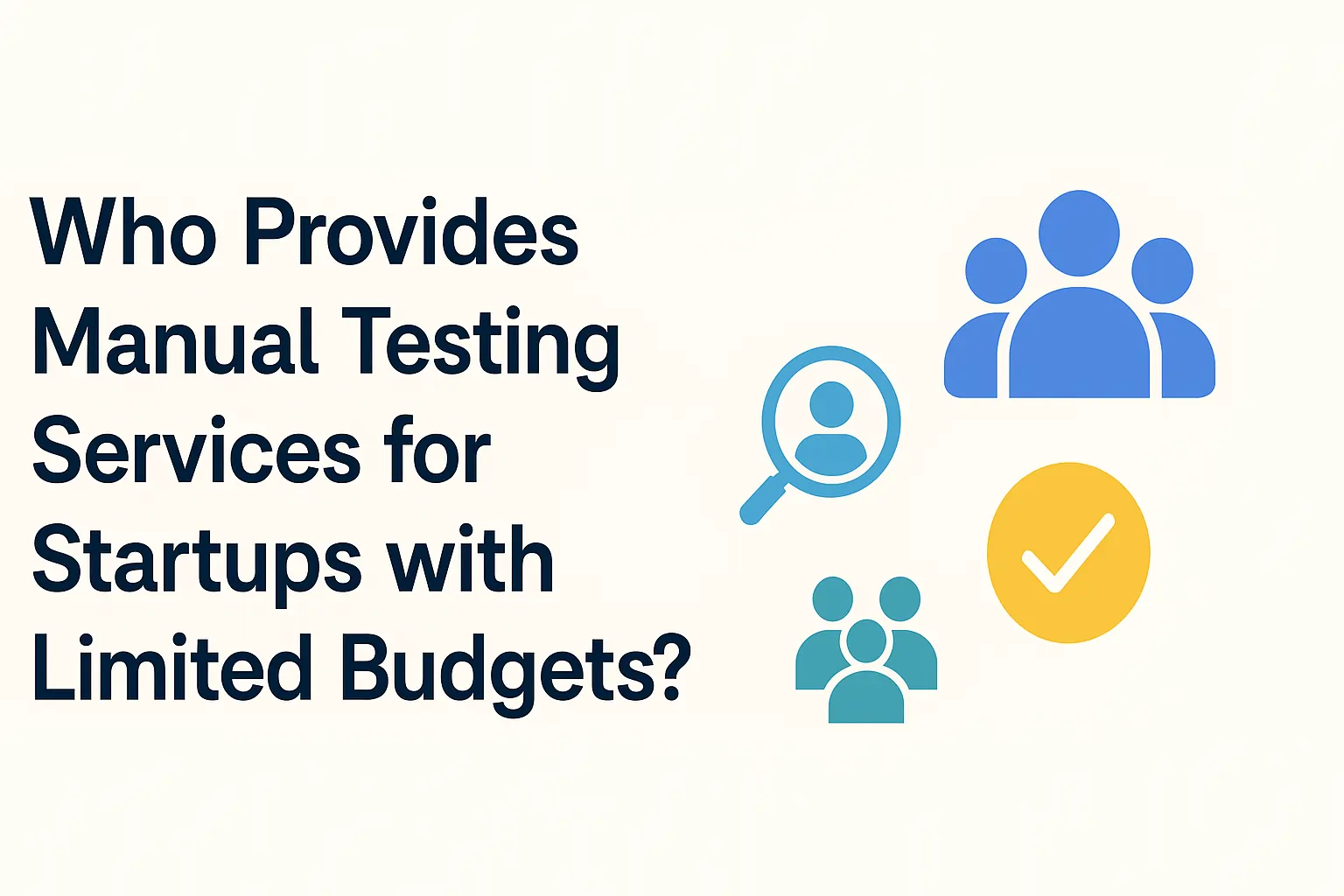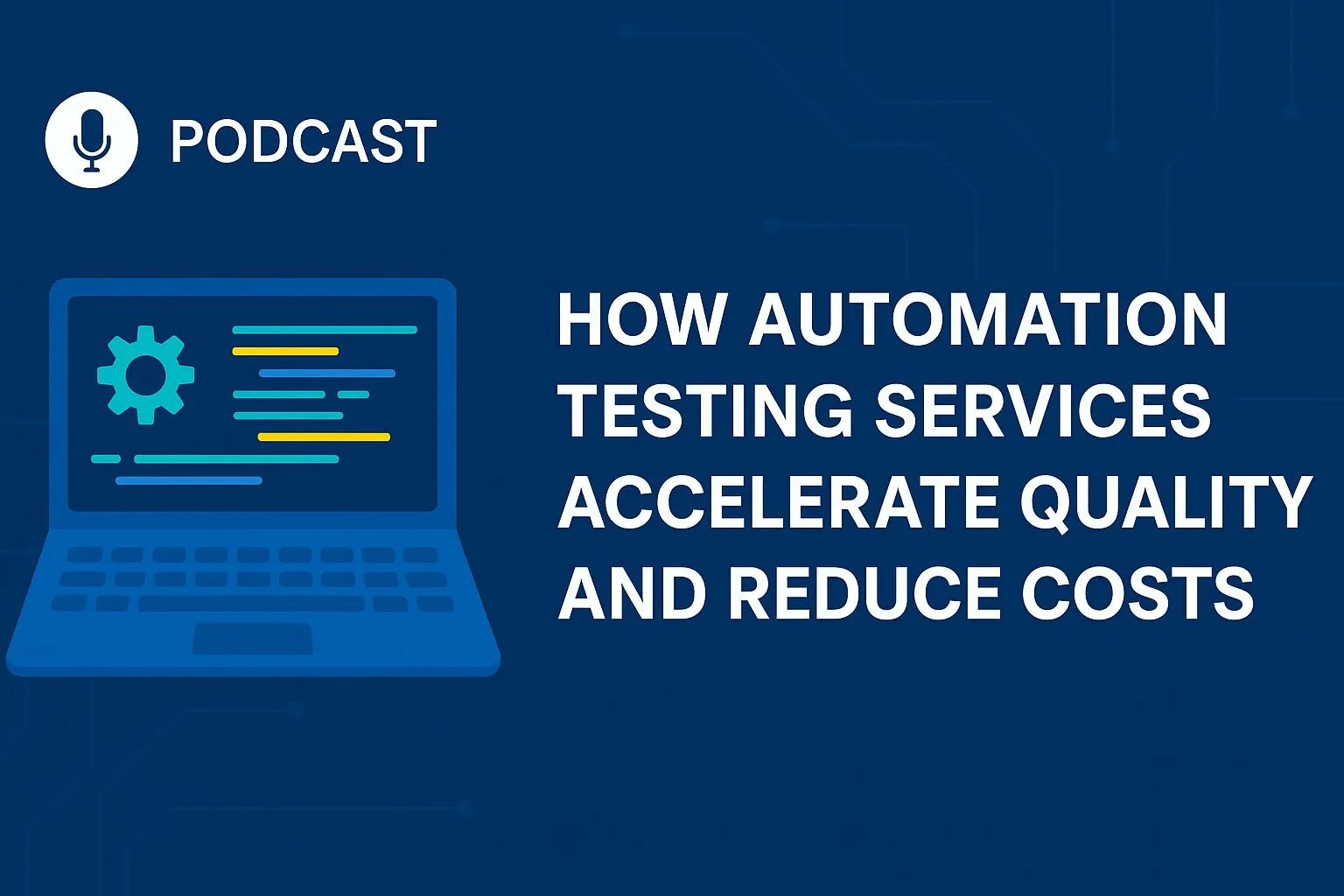A Comparative Analysis: Regression Testing vs. Retesting and the Role of a QA Vendor
In the software testing landscape, understanding the nuances between regression testing and retesting is crucial for ensuring comprehensive quality assurance. Let’s explore the distinctions between these methodologies and examine how leveraging a QA vendor can optimize the testing process.
Unveiling the Differences: Regression Testing vs. Retesting
Regression Testing:
- Objective: Ensures that recent code changes or updates do not inadvertently impact existing functionalities or introduce new defects.
- Scope: Involves retesting the entire application or specific modules to detect regressions caused by recent modifications.
- Frequency: Conducted whenever there are code changes or before releasing a new version to maintain software stability.
- Test Cases: Encompass a wide range of functionalities to detect any unintended side effects of recent alterations.
Retesting:
- Objective: Focuses on validating that previously identified defects have been effectively rectified.
- Scope: Targeted reevaluation of specific areas where defects were discovered to confirm successful resolution.
- Frequency: Carried out post-defect resolution to ensure the effectiveness of fixes.
- Test Cases: Tailored to validate the fixes applied to specific defects, often more focused and targeted.

Harnessing a QA Vendor for Optimal Testing Processes
Expertise and Experience:
- A QA vendor possesses extensive expertise and experience in regression testing and retesting, ensuring thorough and accurate testing processes.
Cost-Effectiveness:
- Outsourcing regression testing and retesting to a QA vendor proves cost-effective compared to maintaining an in-house testing team and infrastructure.
Time Efficiency:
- A QA vendor streamlines regression testing and retesting, allowing development teams to prioritize core tasks while maintaining testing quality.
Scalability:
- A QA vendor offers scalable solutions, adapting regression testing and retesting efforts to project requirements for enhanced flexibility and agility.
Quality Assurance:
- By entrusting regression testing and retesting to a QA vendor, organizations ensure high-quality software products that meet user expectations and requirements.
Conclusion
In conclusion, while regression testing and retesting serve distinct purposes in the software testing realm, both are indispensable for ensuring software quality and reliability. Understanding the disparities between these methodologies and capitalizing on the expertise of a QA vendor can optimize testing processes and bolster software quality. Collaborating with a QA vendor presents various benefits, including expertise, cost-effectiveness, time efficiency, scalability, and enhanced quality assurance. With regression testing and retesting managed by a proficient QA vendor, organizations can fortify their software quality assurance initiatives and deliver superior user experiences.
Reach out to Testers Hub today to explore how our regression testing and retesting services can elevate your software quality assurance initiatives.










